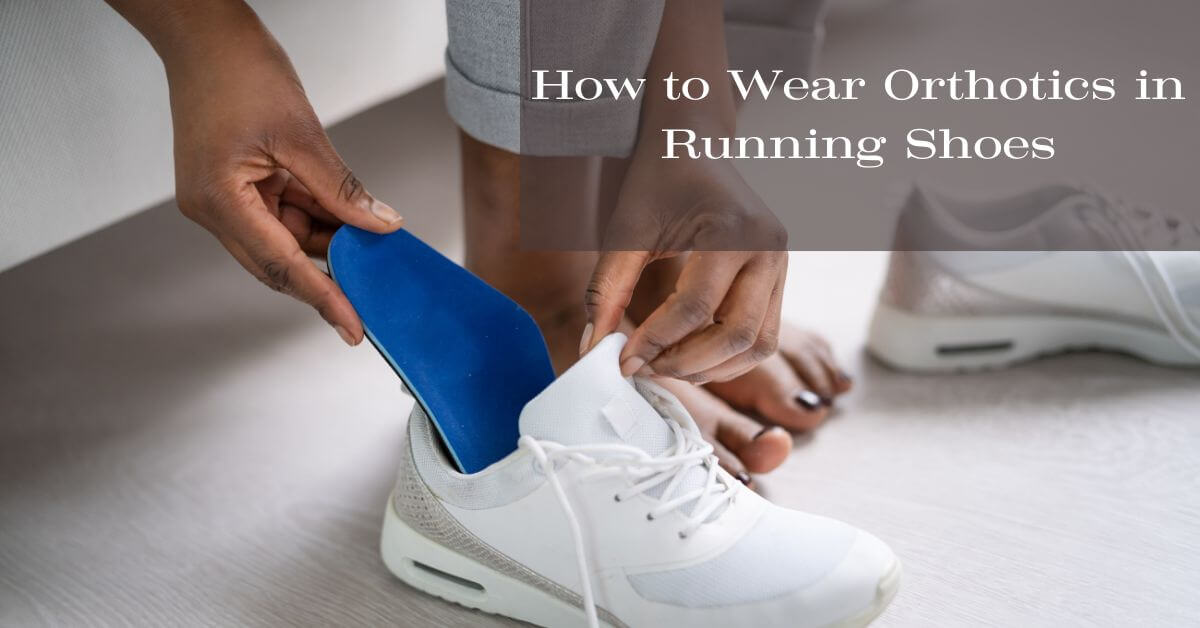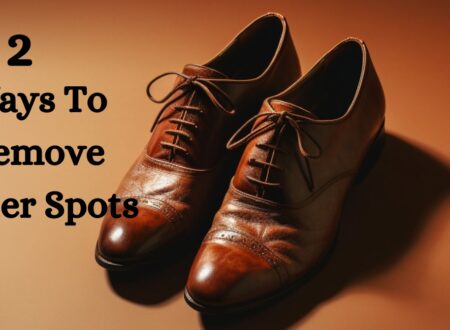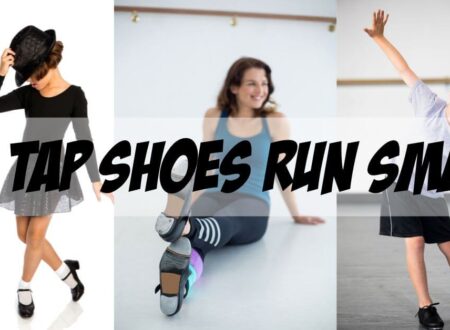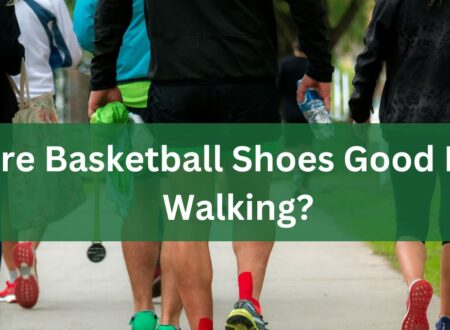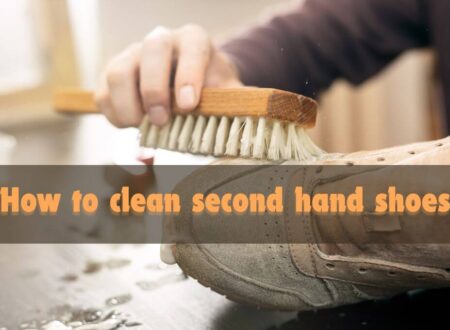Running is a great way to keep fit and clear your head. However, you may have had foot pain or discomfort. That’s where orthotics come in; they can change everything about running for you by giving your feet the support they need.
Now you might be asking yourself how do I put orthotics into my running shoes? Well, don’t worry because I’ve got all of the answers right here.
I will share my personal experience and some tips from experts.
We will go through the steps on how to make sure your orthotic fits perfectly as well as what kind of shoe would be best for it.
We will also talk about easing into them and taking care of them properly. So let’s start this journey towards pain-free running!
Step 1: The Perfect Fit Search
No matter what else we discuss, let’s start with orthotic fit. Orthotics that do not fit properly can do more harm than good. You might end up with blisters, or calluses, or have your stride negatively impacted as well. This may cause injuries like shin splints and stress fractures.
Always match the size of your running shoes to the orthotic for the perfect fit. Take out the insole from a shoe and replace it with an orthotic. Walk a while to feel how it is doing. Seek advice from a podiatrist if you are uncomfortable about something.
They will conduct a professional gait analysis and recommend the most suitable orthotic for you.
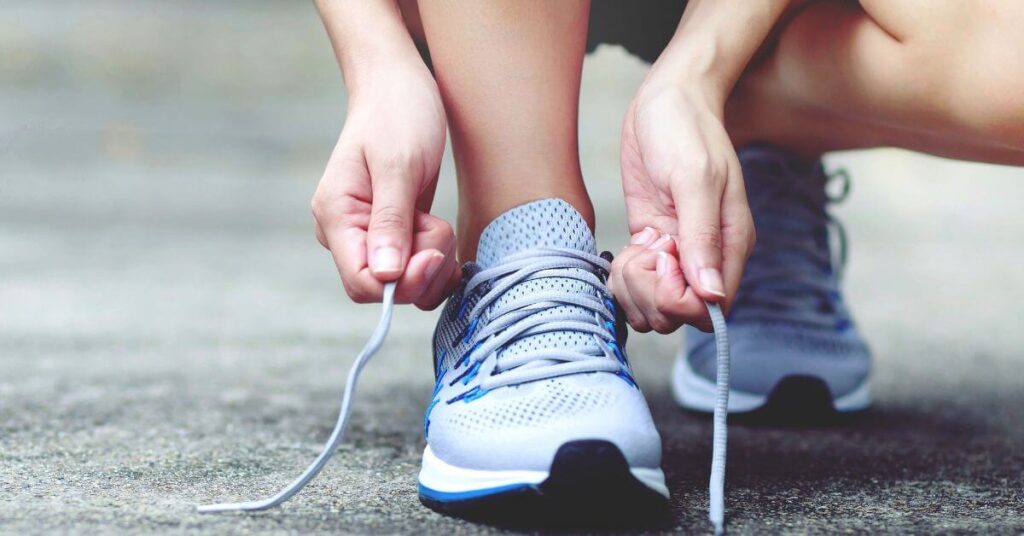
For example, if you are looking for the Best Gym Shoes for Plantar Fasciitis, we have covered the shoe brands.
Step 2: Selecting Appropriate Running Shoe
Orthotics-friendly shoes don’t exist in all kinds of running shoes.
Ensure that you go for shoes with removable insoles and wide-toe boxes so that your orthotics can comfortably fit into them without causing any tightness or discomfort.
When shopping for running shoes seek those models which feature good arch support and cushioning. Thereby they will help to take away shock when landing on foot and stabilize it during motion.
Several highly recommended products include Saucony Triumph 21 boasting a cushioned midsole while the Brooks Beast 20 offers great stability; another one would be the Saucony Echelon 9 as it has a supportive ride plus a wide outsole suitable for most types of orthotics.
Here is another blog on the best running shoes for wide feet.
Change over the shoe’s insole with your own orthotic.
See how it fits by walking around wearing it once again, if there is any pain then try another model or consult an expert respectively but always keep in mind that having just the appropriate pair can change everything during running experiences either way round.
As such, introducing orthotics to running requires some patience. It’s necessary not to hurry things.
You may experience more agony when you push yourself too hard so early in the process of using them. I learned this the hard way and instead one should gradually approach such a thing that would let the feet adapt.
Commence by putting on your orthotics for short durations. Just give it a go for an hour or two during the first few days. With time, increase the time as you get more comfortable with them. This will help avoid any initial soreness and enable your feet to settle into them naturally.
Day to Day Tips:
- Day 1-3: Wear orthotics for 1-2 hours each day.
- Day 4-7: Increase to 3-4 hours daily.
- Week 2: Aim for 5-6 hours, including light runs.
- Week 3: Begin using them during normal runs.
Take note of how your own feet are feeling. If they hurt or feel strange in any way then back off and cut back on usage time. To prevent setbacks it is better to slow but sure.
Other Tips:
- Listen to Your Body: Reduce wear times if painful
- Alternate Shoes: Change between regular shoes and orthotic shoes whenever appropriate
- Foot Exercises: Focus on exercises that reinforce your feet hence helping them adjust well.
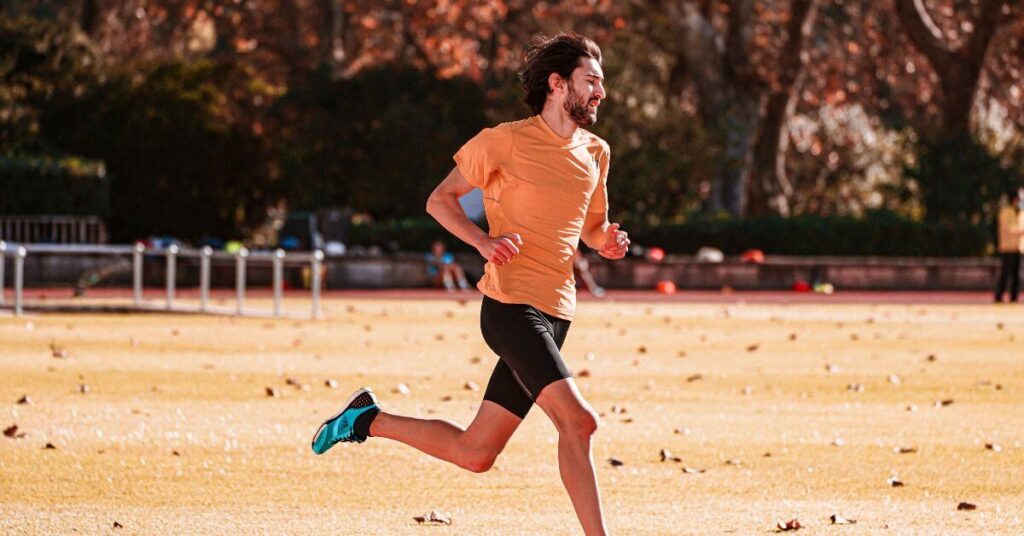
Here is another compilation of the best walking tennis shoes for plantar fasciitis.
Step 4: Mastering Your Running Technique
Using orthotics is only a fraction of the whole exercise.
This can be a game-changer to your general comfort and performance in running if you can master it. I learned that making adjustments in my style improved how I used them. The following are some practical tips for improving your running practice when using orthotics.
Focus on Posture: Hold your head up, shoulders back, and engage your core. Feet strain is minimized through this alignment allowing for efficient running.
Cadence Counts: Try to have a high cadence of around 170-180 steps per minute. Your feet and legs do not take much of an impact, thus reducing jerks as you run.
Land Lightly: Take notice of how you land with your feet; try landing on the middle part of your foot instead of heavily striking the heel. That spreads out the blow better.
For Better Technique:
- Use a Metronome: You can use apps or devices that help you keep an ideal rhythm.
- Mirror Check: Run in front of a mirror or let someone film you so that they can look at how you run.
- Drill It Down: Incorporate running drills like high knees and butt kicks to improve your mechanics.
- Strength and Flexibility: Strong muscles and flexible joints are essential for good running form; therefore add exercises such as lunges, squats, and calf raises among others into your routine. Don’t forget about stretching!
- Consistent Feedback: Always check in with yourself during runs by asking how your body feels. Hence make necessary alterations to be comfortable while maintaining enhanced physical performance.
Tips for Strength and Flexibility:
- Daily Routine: Use some minutes daily to perform strength activities
- Yoga Sessions: Practice yoga regularly which enhances flexibility and balance
- Foam Rolling Methodology – Using foam rollers helps relax muscles by relieving tension thus increasing mobility
Step 5: Perfecting the Fit and Lacing
Orthotics that perfectly fit your running shoes are important for comfort and performance. I have learned how small changes can make a big difference. This is how to improve the fit and become an expert at lacing.
Checking the Fit: Ensure that your orthotics sit flat in your shoes – there should be no bumps or gaps. Try walking around in them to see how they feel on your feet. Your toes should not be cramped, and it must be snug but not too tight, around the heel.
Heel Lock Lacing: This technique ensures that your shoe does not slip off easily by making it heel-tight-fitting. Start by lacing up normally until you get to the second last eyelet. Then thread the lace back through the last eyelet on the same side creating a loop; crisscross the laces and pass them through opposite loops before tying off.
Tips for Perfect Fit:
- Socks Count: Wear socks meant for running when trying on shoes.
- Reconsider: After taking a brief walk or jog around, readjust your footwear so they fit tightly.
- Check Your Insoles: Evaluate your orthotics regularly for wear-ins.
- Lacing Techniques: Experiment with different forms of lacing to find what fits best; e.g., “Window Lacing” relieves pressure from the top of one’s foot. Miss out one or two eyelets where pressure is greatest and then continue normal lacing.
Tips for Lacing:
- Try Different Patterns: Many people fear trying something new until they get perfect laces.
- Even Pressure Distribution: The lace must be tightened evenly without leaving any sore spots on one’s feet
- Secure Knots: Tie double knots onto the laces so that they never untie during races
- Final Adjustments: Go for a short run once you have achieved the desired results in terms of fitting and laces. Take note of any discomfort or pressure points when wearing them. Make minor adjustments as needed until everything feels right.
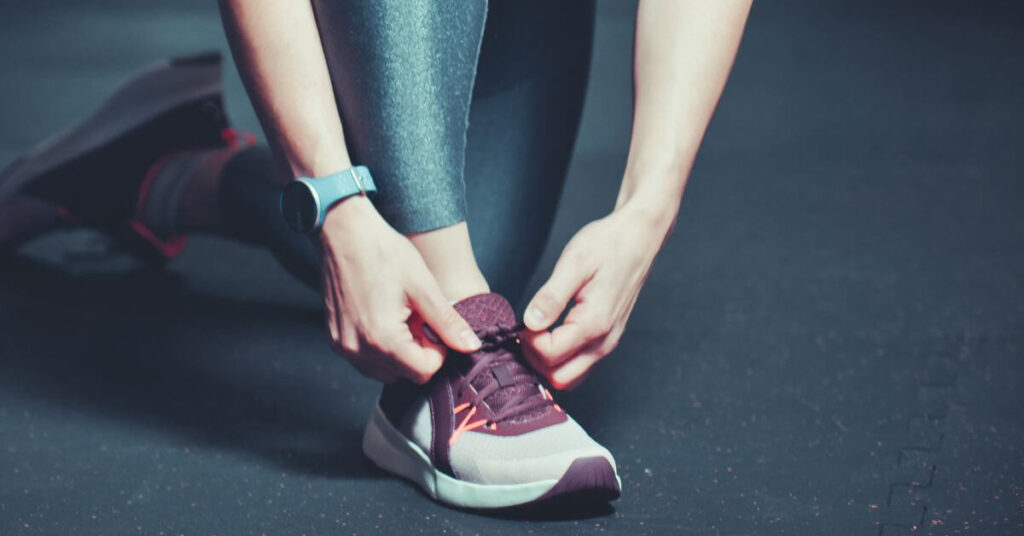
Step 6: Orthotic Care 101
To increase their lifespan and functionality, it is essential to take good care of your orthotics. The following are some critical ways to keep them in top shape:
- Clean Regularly: Remove the orthotics from your shoes at least once every week. With mild soap and warm water, lightly scrub them. Avoid soaking.
- Dry Properly: After washing, let the orthotics air dry completely before returning them to your shoes. Avoid using a dryer or exposing them directly to heat sources.
- Avoid Machine Washing: Do not put your orthotics inside a washing machine or a dishwasher. These actions can lead to destruction due to strong whirls and heat.
- Inspect for Wear and Tear: Always check for any signs of wear on your orthotics regularly. Find cracked, worn areas or changes in shape; these are signals that they need replacing. If they display significant damage, replace them.
- Odor Control: Place crumpled newspapers inside your shoes overnight as it helps reduce odors’ presence by absorbing moisture.
- Use Suitable Socks: To prevent sweat accumulation and extend the life of your orthotic devices, wear clean socks with wicking properties.
- Store Properly: Keep your orthotic devices in cool dry places whenever you are not wearing them. A car left out in the sun should be avoided as well as any humid environments which may exist therein.
When to Seek Professional Help?
There are times when, despite the best care and attention, you may have to consult a specialist for your orthotics. For me, I have realized that listening to my body is very important. Once you start feeling persistent pain or discomfort during running, it’s better to get an opinion from such a person. Pain shouldn’t be the price for enjoying your runs.
Observe any alterations in your foot structure or the way you walk. Unusual wear on shoes might mean that the orthotics no longer support your feet as they should. The solution is to visit a podiatrist who will evaluate what you need and adjust or recommend new orthotics.
If your orthotics look worn out with cracks and changes in shape, don’t hesitate to take them for a check-up.
Orthoses are constructed in order to help prop up feet—any problem with their structure can cause them not to function properly anymore. From experience, it is good to swap new ones timely in order to avoid some injuries and improve running capabilities.
Blisters repeatedly occurring again and calluses of the foot are more warning signs. These could indicate poor fitment of your orthopedic footwear or then need for some fine-tuning of adjustments if applicable. An expert would determine whether it fits well by making some little alteration that guarantees comfort while walking.
Lastly, if there has been an alteration in activity level or change of running objectives; this is a great time for a complete evaluation of one’s orthotics!
What was perfect during light jogging sessions may not be worth it when one decides to undertake serious training programs at all! This can ensure accountability and proper condition of lower limbs if someone keeps on seeing a podiatrist regularly.
Read more: How to Cure Plantar Fasciitis in One Week
This will ensure that even as one runs comfortably and efficiently due to these supports; he/she will continue seeking professional assistance when necessary so as they are enabled to run without any difficulties using these items like mine always does towards me. Do not wait for simple matters to become too big to solve – take preventive measures towards happy and healthy feet.
FAQs: How to Wear Orthotics in Running Shoes
Can I fit orthotics into running shoes?
Take out the insole of the shoe if it comes out. Slide the orthotic to ensure that it is flat and tight. If discomfort occurs, try a different pair or consult an expert.
Do I need to use orthotics with my running shoes?
Yes, if you have problems like flat feet or plantar fasciitis. They help add more support and align you better. Talk to a podiatrist about this.
Can I use the orthotic with or without the shoe’s insole?
Using it instead of the shoe’s insole can prevent your shoes from becoming too constricted and uncomfortable when combined together.
What do I need to know about using orthotics during exercises?
Make sure your footwear can take in the devices. Ease them in slowly by starting off with shorter sessions. Watch for any pain and see an expert should there be a need.
How do I choose running shoes for my orthotics?
Purchase sneakers that have removable soles and will accommodate your condition properly. Most often, these kinds include stability or motion control versions in them. Go to specialty stores where you can try various types on along with your device!
Final Words
If done properly, utilizing orthotics in your running shoes can considerably enhance your running experience. Ensure that they fit properly with your orthotics, which you should break in slowly and take care of.
Also, choose the right footwear. Take these steps to enable comfortable and efficient runs by listening to your body and seeking help from professionals when needed. Have a good run!

, your friendly shoe expert and fitness fan.


